Kibo-ABC Member Countries’ News: Asian Try Zero-G 2018 Result Meeting
Last Updated: November 2, 2018
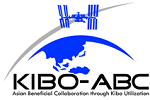
On the 27th of July, the proposers of eight experiments performed at Asian Try Zero-G 2018 gave presentations of their results based on the on-orbit experiment, and had a discussion with the JAXA astronaut Norishige Kanai . Approximately 100 participants from seven countries connected with Dr. Kanai and other Japanese proposers in Japan via video-conference.
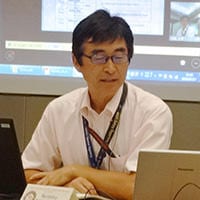
Mr. Norimitsu Kamimori (JAXA Director) (Credit: JAXA)
At the beginning, Mr. Norimitsu Kamimori (JAXA Director) made the opening remarks.
“Today I’m so happy in participate to this debriefing meeting. I also joined the space experiment last February. I remember the hope and anticipation in all of your faces. I’m impressed with your successful experiments, and I expect good reports from everyone. Finally, I would like to express that everyone please enjoy today’s meeting and get to know each other more closely.”
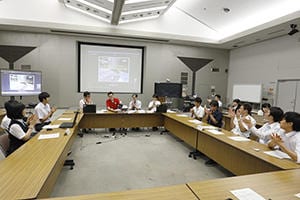
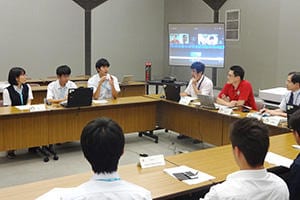
Asian Try Zero-G 2018 result meeting (Credit: JAXA)
Each presentation consisted of the proposer’s hypothesis, on-orbit results and their points of discussion. All proposers had 5 minutes for their presentation, and after that, they asked Dr. Kanai questions and had a discussion with him. Dr. Kanai expressed interest in the presentations.
–Contents–
- Wire top experiment team (Japan)
- Paper spring experiment team (Japan)
- Spinning ring experiment team (Malaysia)
- Balls inside slinky experiment team (Thailand)
- Gyroscope and Tippe top experiment team (Vietnam, Philippines, Singapore)
- Paper Boomerang experiment team (Indonesia, Singapore)
- Aircraft Stability experiment team (Singapore)
- Double-Layered Liquid Ball experiment team
The presentations and questions of each experiment:
 1. Wire top experiment team (Japan)
1. Wire top experiment team (Japan)
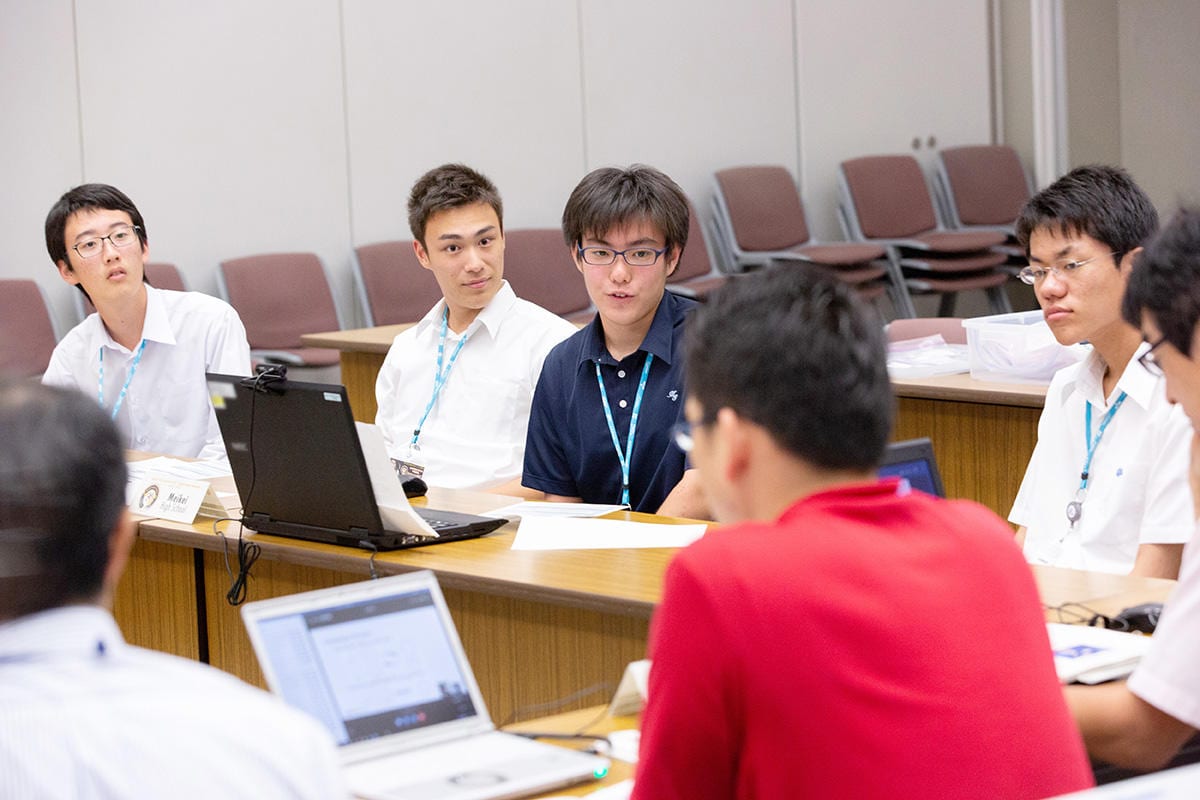
Wire top experiment team (Credit: JAXA)
Wire Top presentation (Submitted by proposers)
(Click picture to open the PDF file)[PDF: 565KB]
| Japanese Proposers: | Compared to on earth, was it easy to spin the top in orbit? |
|---|---|
| Kanai: | Yes, the turning technique was easier, On the ground, it stays on the table, but in orbit, it’s just flying so it was a little tricky chasing it with the video camera, but technically it wasn’t so difficult. |
| Japanese Proposers: | Which result was most surprising for you? |
| Kanai: | I used the same technique on Type A, B, and C but only Type B didn’t flip. It was surprising to me. |
| Japanese Proposers: | Did you try to spin the pliers? |
| Kanai: | I think I did a couple of times. And yes, it was turned upside down as you might think. Just like type B, it was very interesting turning the motion. |
 2. Paper spring experiment team (Japan)
2. Paper spring experiment team (Japan)
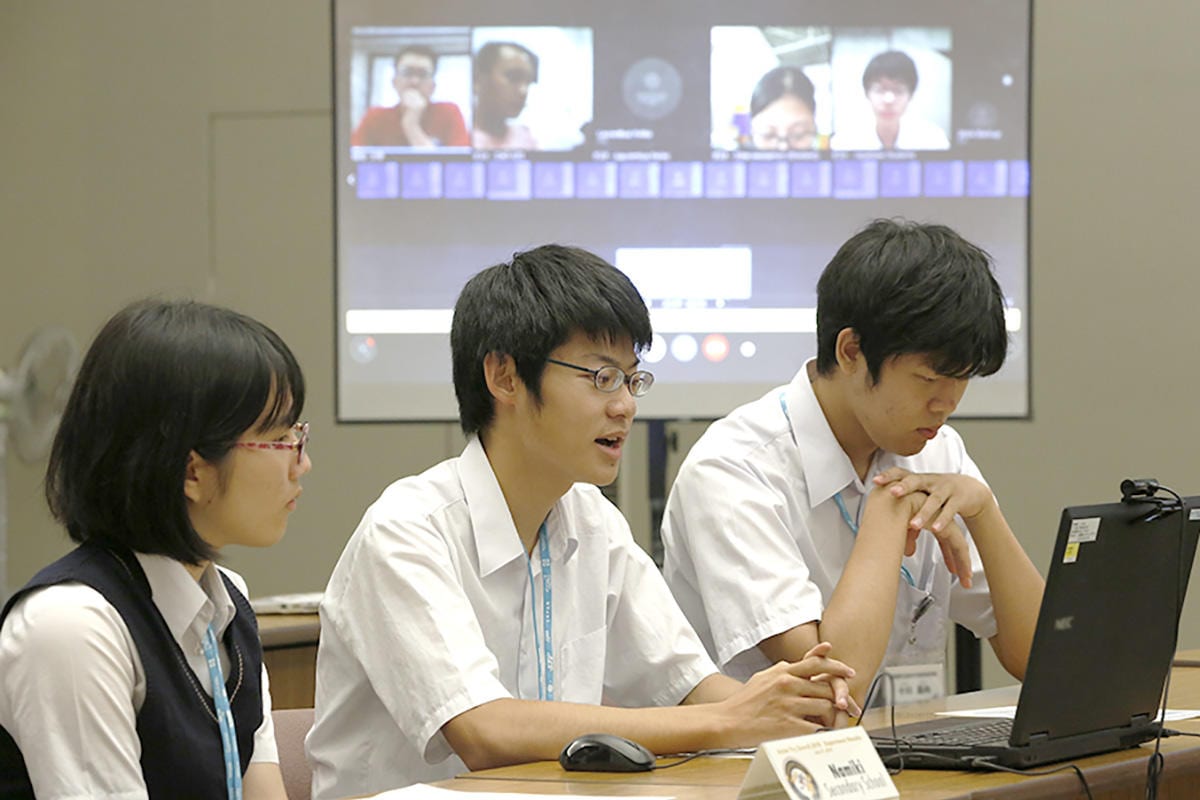
Paper spring experiment team (Credit: JAXA)
Paper spring presentation (Submitted by proposers)
(Click picture to open the PDF file)[PDF: 12MB]
| Japanese Proposers: | We guess that the Cabin Air circulation in Kibo was not suspended when Dr. Kanai rehearsed in orbit. Did you recognize if the Cabin Air flow made any impact on the movement of springs? |
|---|---|
| Kanai: | The location where we conducted the experiment had relatively less air flow and I didn’t feel obvious air circulation. It was relatively accurate and had less impact on the experiment. |
 3. Spinning ring experiment team (Malaysia)
3. Spinning ring experiment team (Malaysia)
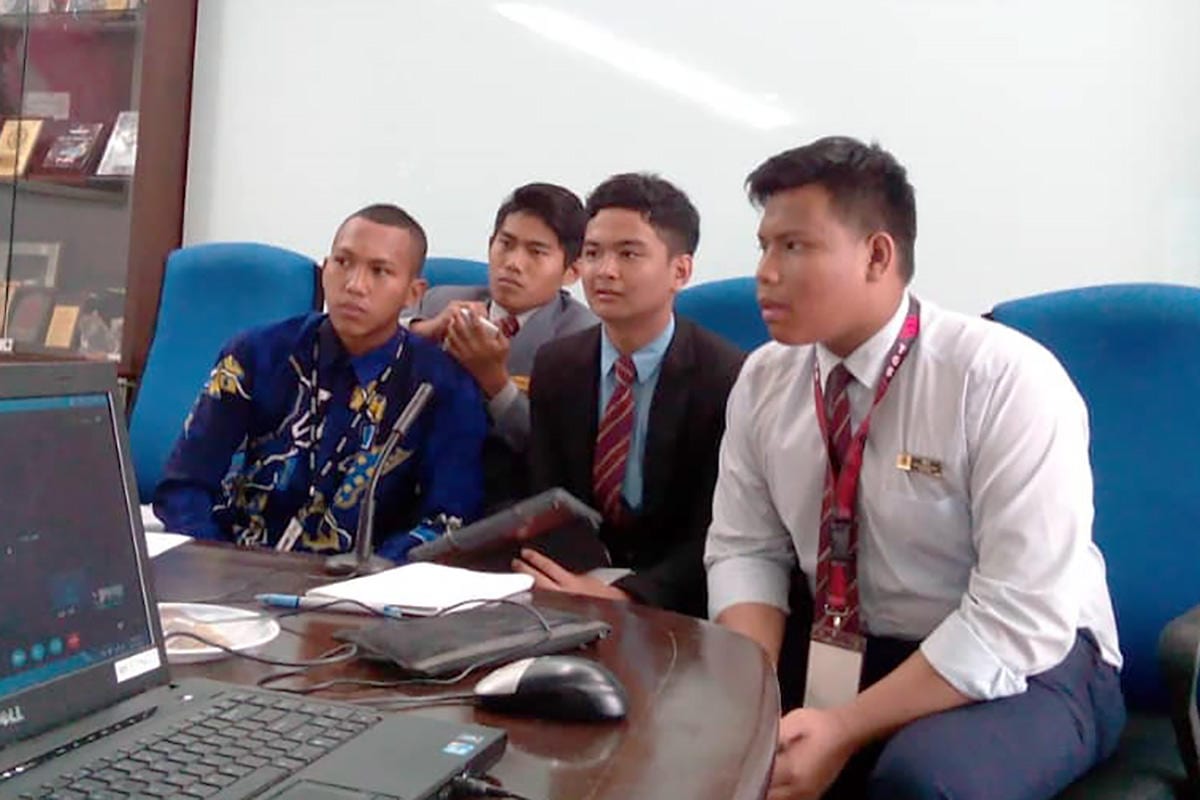
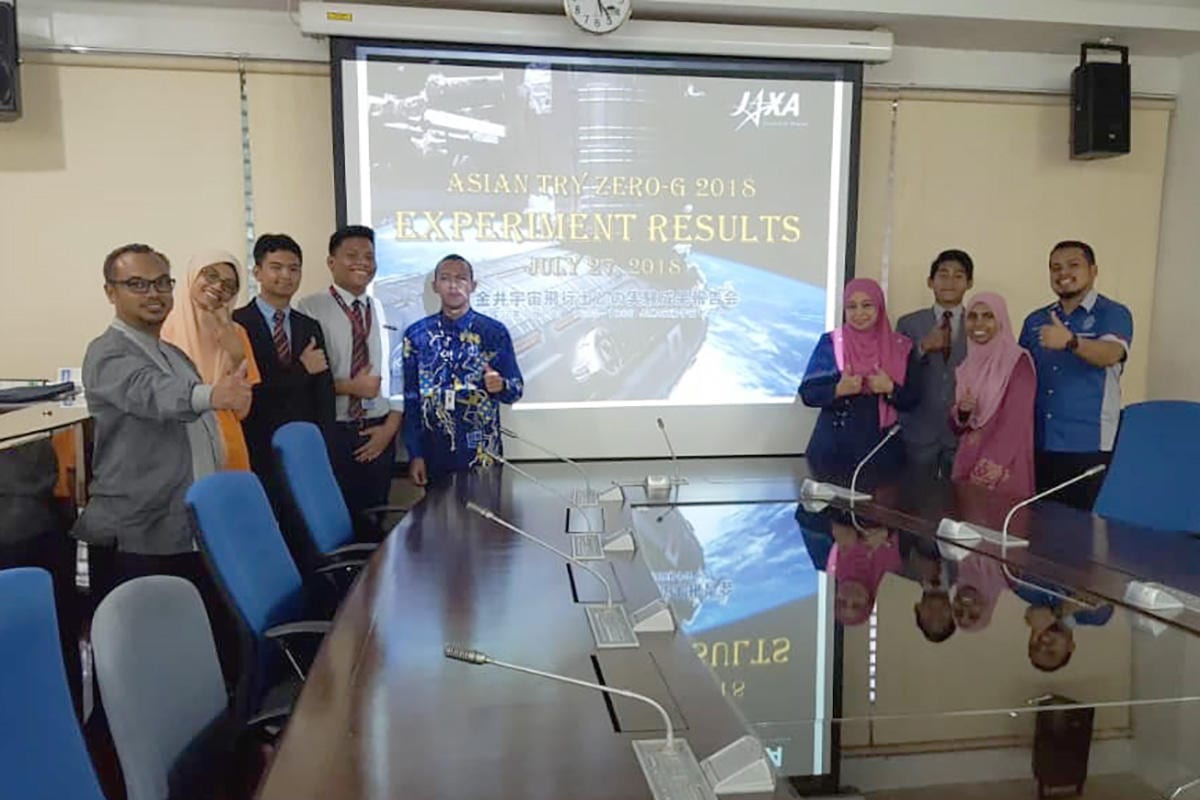
Spinning Ring experiment team and all participants from Malaysia
(Credit: National Planetarium)
Spinning ring presentation (Submitted by proposers)
(Click this picture to open the PDF file)[PDF: 745KB]
| Malaysia Proposers: | If the ring were heavier, do you think it would be harder to spin it? |
|---|---|
| Kanai: | The answer is yes. In space, of course, there is no weight but the mass of the item still exists. Spinning heavier items need more force than spinning with the stick. |
| Malaysia Proposers: | If we make the diameter of the ring longer, will it be easier or harder to make the ring escape from the stick? |
| Kanai: | I think it’s harder to spin the bigger ring. But I don’t know if that makes it easier or more difficult for the ring to escape. |
 4. Balls inside slinky experiment team (Thailand)
4. Balls inside slinky experiment team (Thailand)
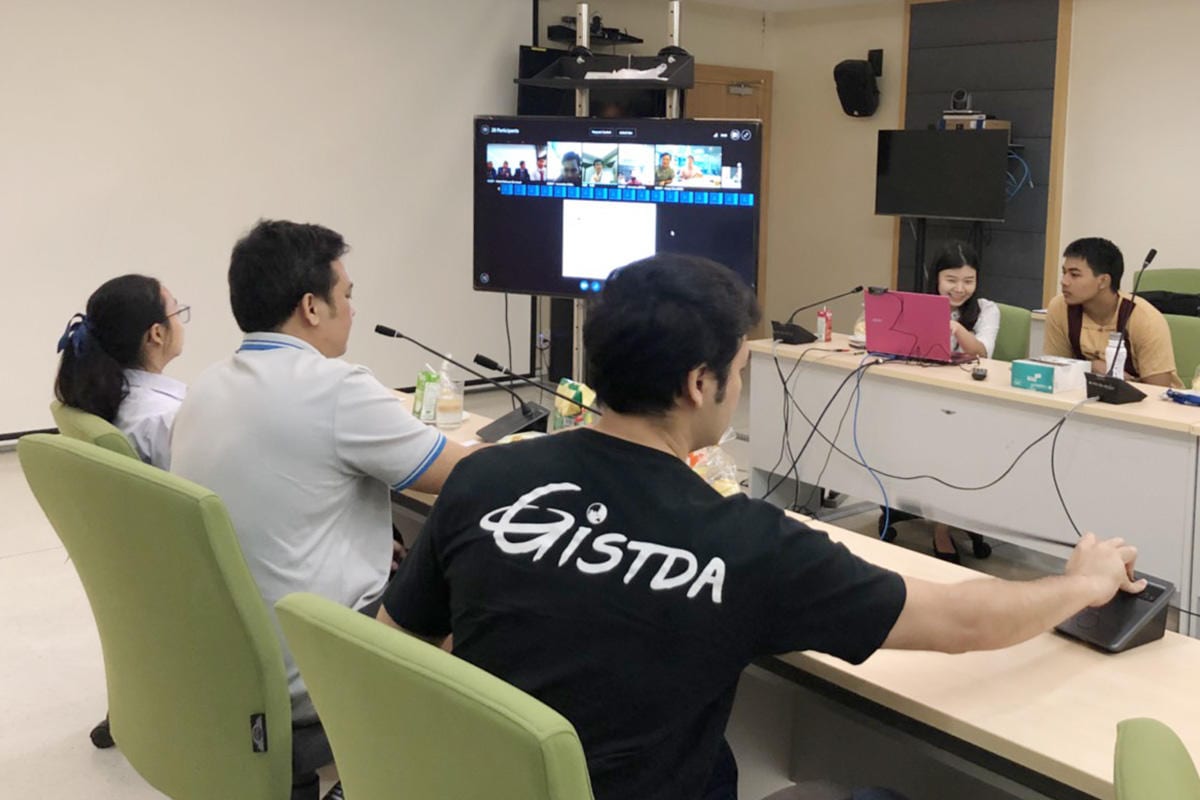
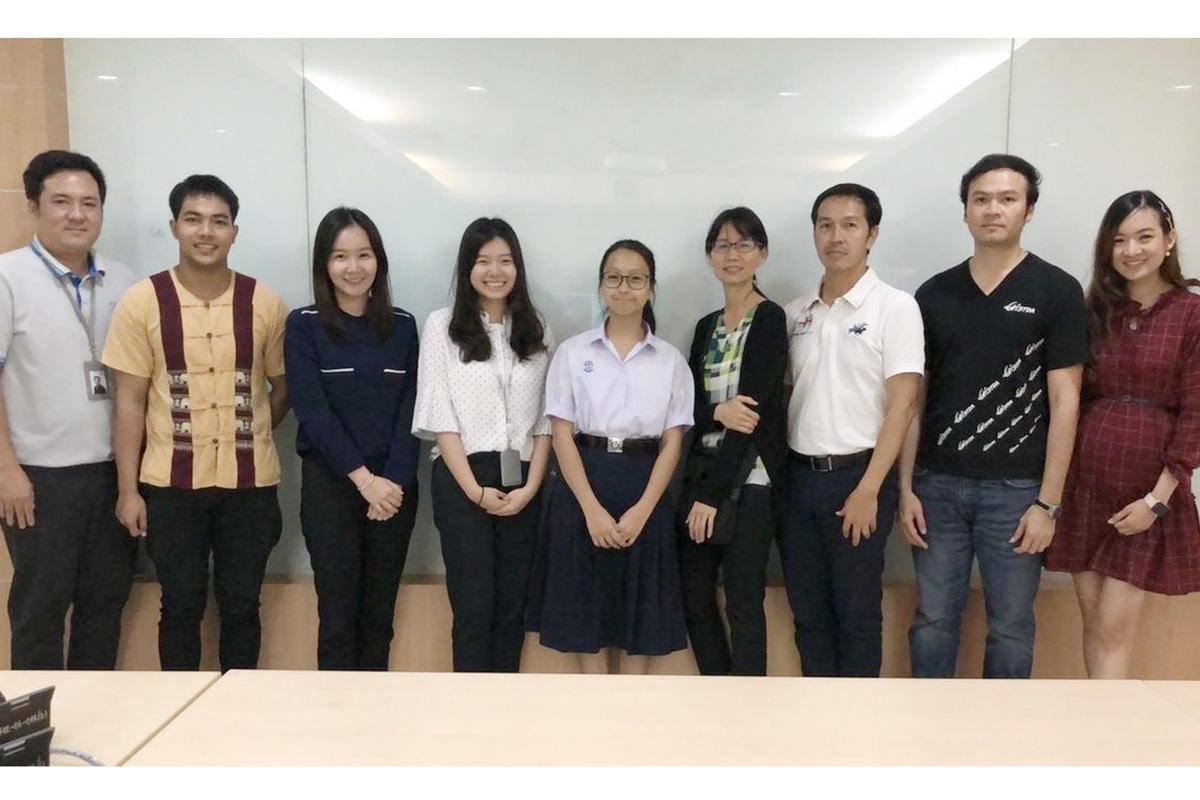
Balls inside slinky proposer and participants from Thailand
(Credit: NASTDA)
Balls inside slinky presentation (Submitted by proposers)
(Click this picture to open the PDF file)[PDF: 1.4MB]
| Thailand Proposers: | When the balls are filled up inside the slinky, did you feel the vibration from the weight of the balls? Like holding the ball? |
|---|---|
| Kanai: | Yes, I did feel the vibration from the balls, especially the heavier one. |
| Thailand Proposers: | If a bigger slinky is used with objects of various shapes but with the same weight, what would be the predicted movement of the objects inside the slinky? (Do you think shape is a factor of movement?) |
| Kanai: | If I use a bigger slinky, and wider space for the movement the result of the experiment could be different. Though I cannot tell for sure, the balls moving around inside the slinky may change location. |


 5. Gyroscope and Tippe top experiment team
5. Gyroscope and Tippe top experiment team
(Vietnam, Philippines, Singapore)
Session1: Vietnam presentation
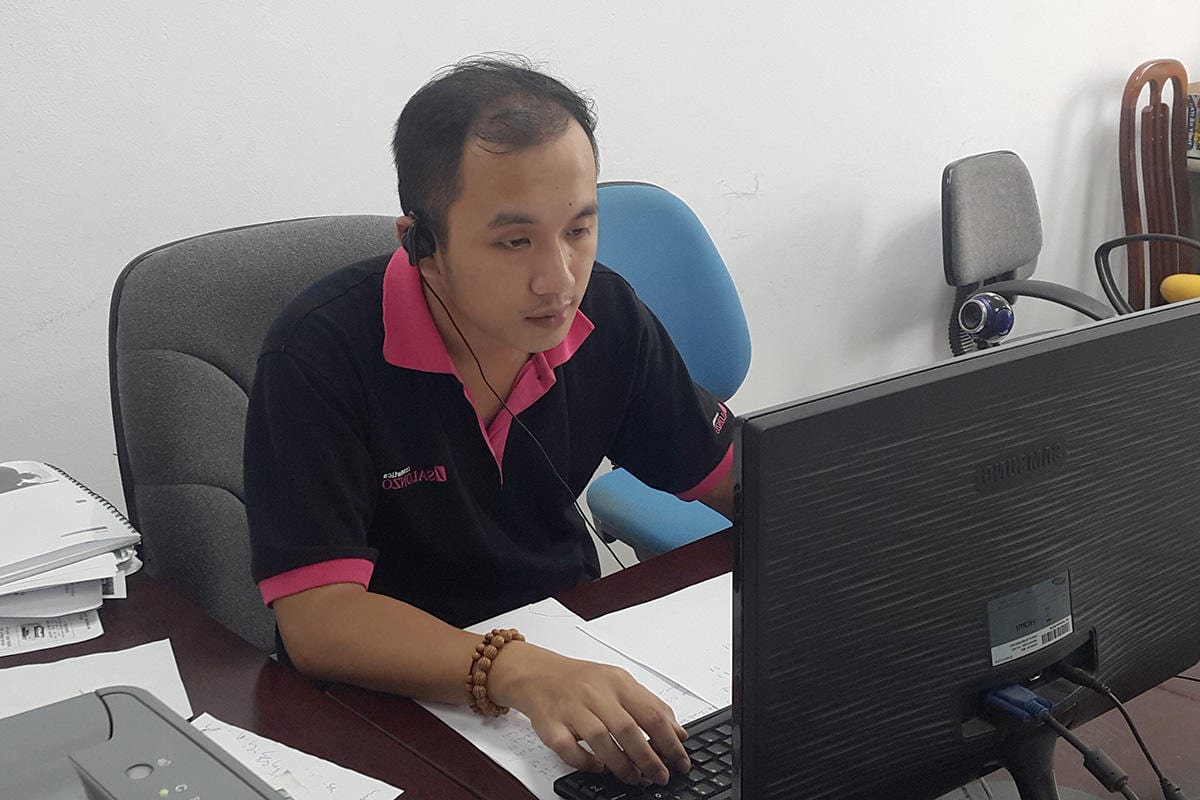
Participant from Vietnam (Credit: VAST-STI)
Tippe Top presentation from Vietnam (Submitted by proposers)
(Click this picture to open the PDF file)[PDF: 120KB]
| Vietnam Proposer: | Were there any difficulties when you executed our project? |
|---|---|
| Kanai: | Yes, as you mentioned I applied some force when I turned the tippe top. That’s why the tippe top was moving in different directions whenever I tried. |
Session2: Philippines presentation
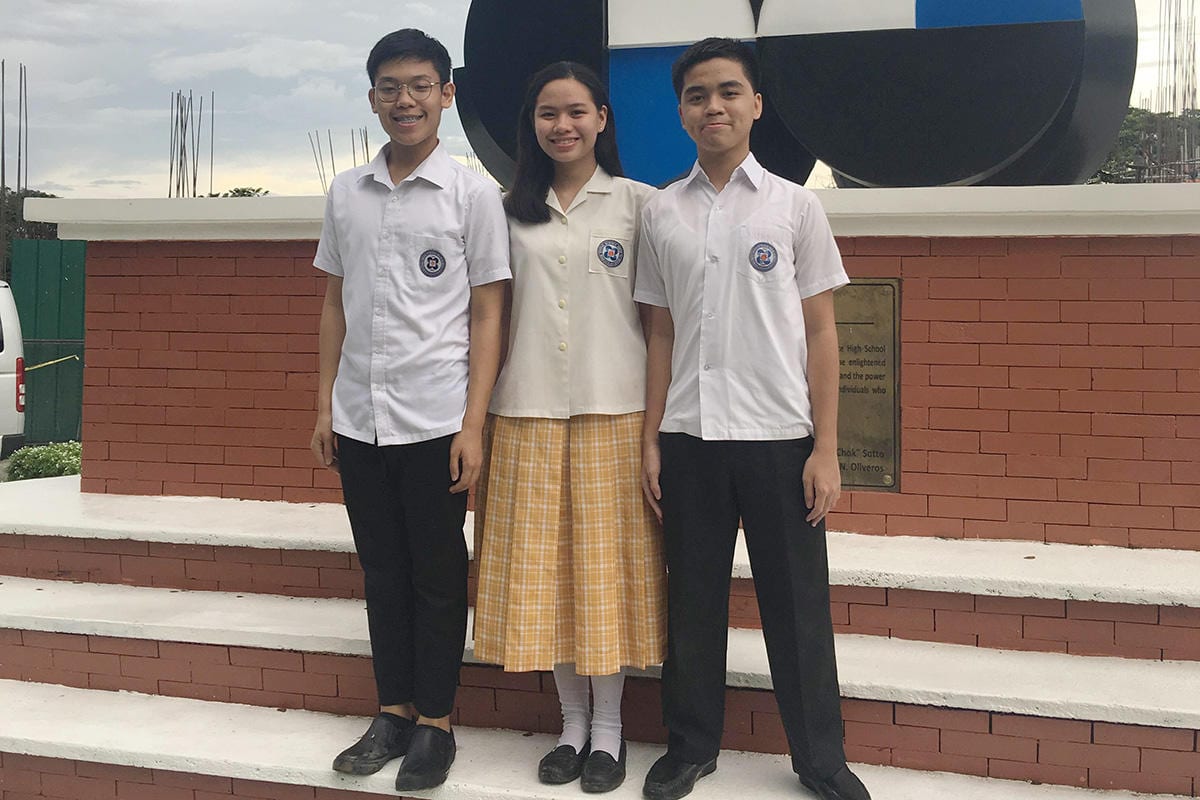
Gyroscope and Tippe top experiment team from Philippines (Credit: DOST)
Gyroscope presentation from Philippines (Submitted by proposers)
(Click this picture to open the PDF file)[PDF: 1.4MB]
| Philippines Proposer: | How long would the gyroscope stay on its axis before it started to tumble without external forces affecting it? |
|---|---|
| Kanai: | To me, it would turn forever. |
| Philippines Proposer: | Is the stability of the gyroscope in space comparable to the way planets balance themselves? |
| Kanai: | I’m pretty sure in the beginning of space flight, we used a gyroscope to stabilize the space craft. We can use gyroscopes not only for air crafts, but also space crafts. |
Session3: Singapore presentation
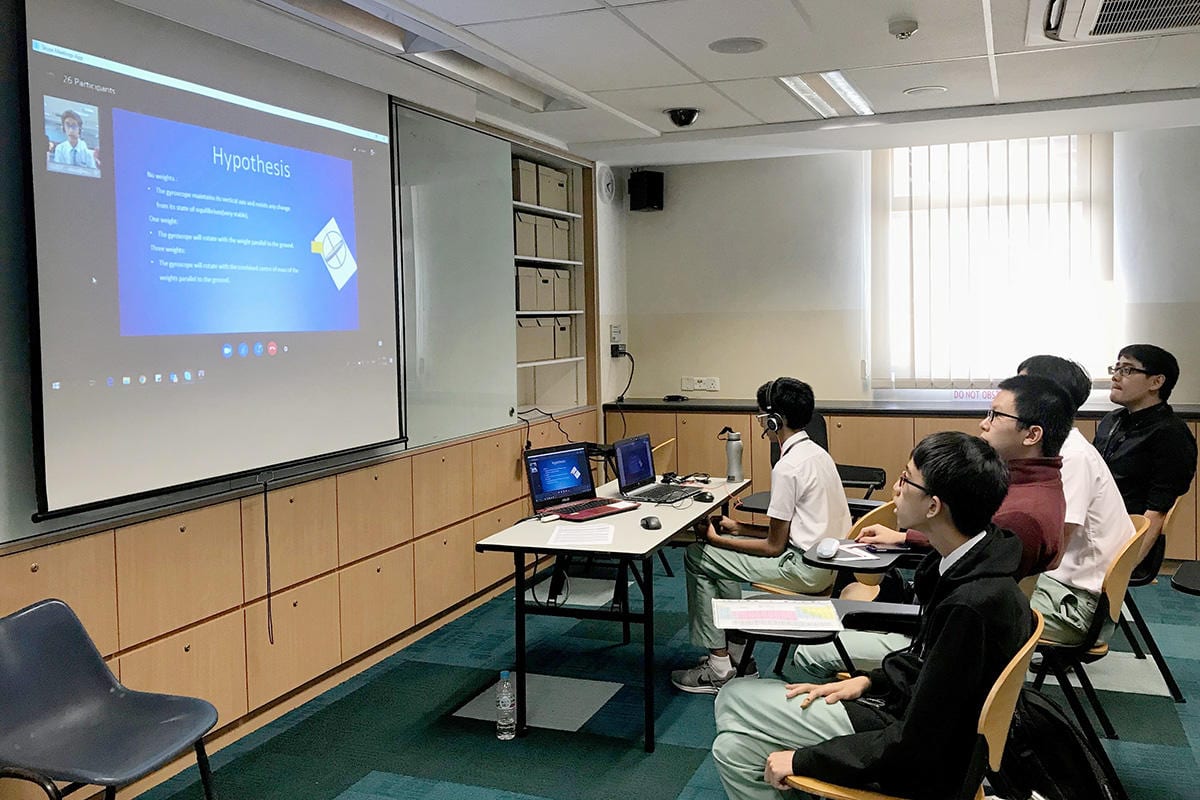
Gyroscope and Tippe top experiment team and participants from Singapore
(Credit: SSTA)
Gyroscope presentation from Singapore (Submitted by proposers)
(Click this picture to open the PDF file)[PDF: 173KB]
| Singapore Proposer: | When you conducted the experiment with one weight, did you feel resistance when you pushed the gyroscope? |
|---|---|
| Kanai: | Yes, as you mentioned it was less stable and easier to apply force compared to no weight. |
| Singapore Proposer: | How do you think the gyroscope would behave if more weights were attached, or if the weights were attached on different axis? |
| Kanai: | Yes, with 3 weights, it would be much less stable, and if I pushed the axis it would move quite a bit. |

 6. Paper Boomerang experiment team
6. Paper Boomerang experiment team
(Indonesia, Singapore)
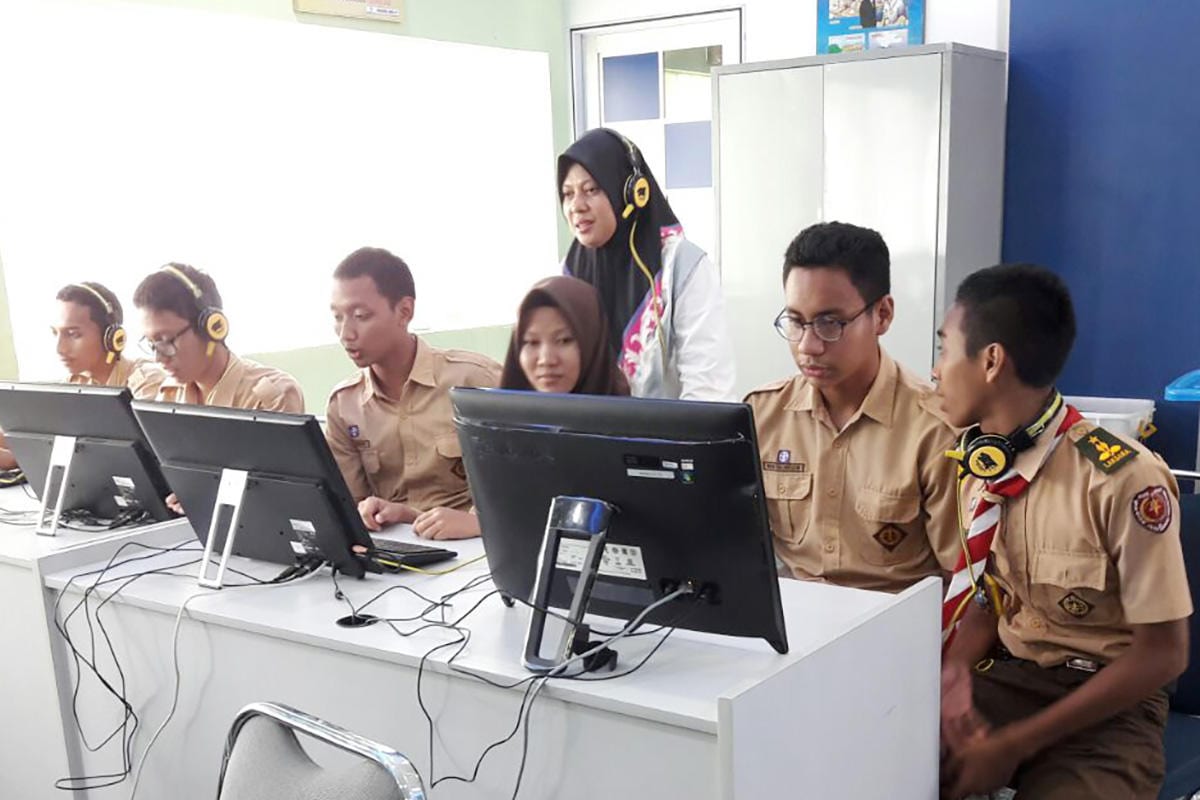
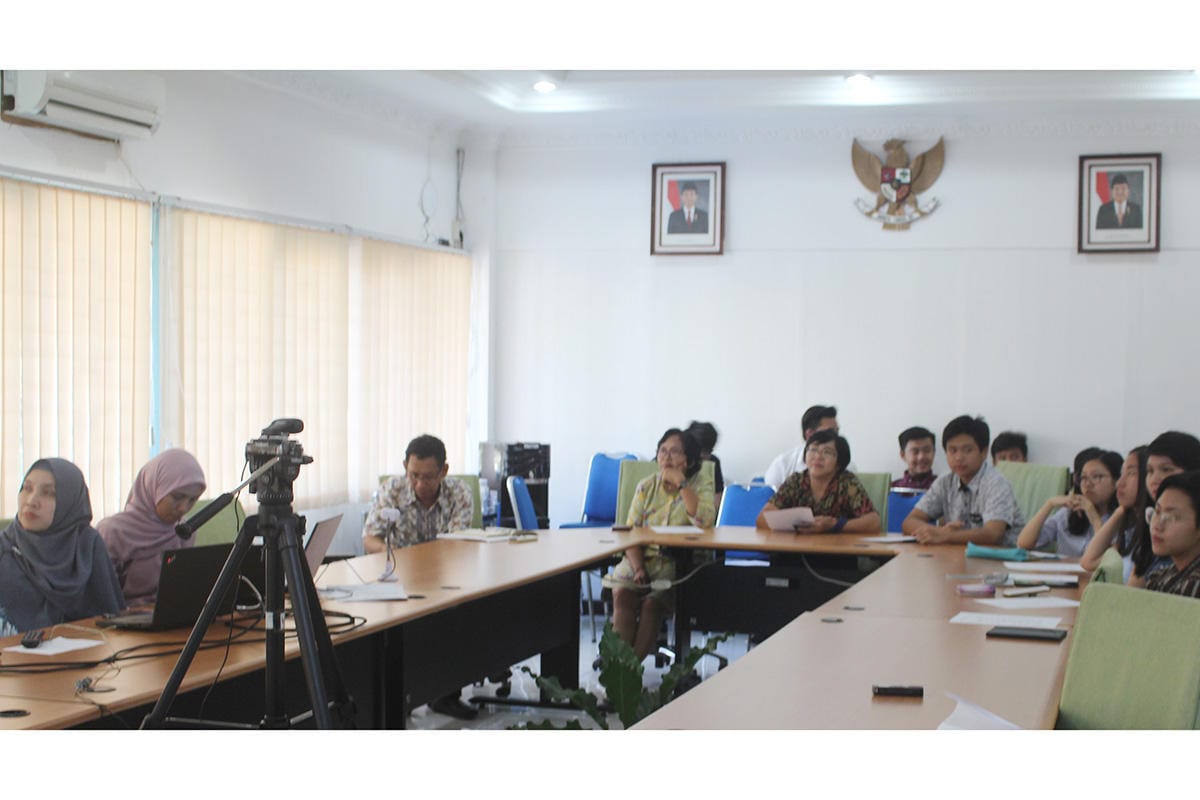
Participants from Indonesia
(Credit: LAPAN)
Paper Boomerang presentation from Indonesia (Submitted by proposers)
(Click this picture to open the PDF file)[PDF: 1MB]
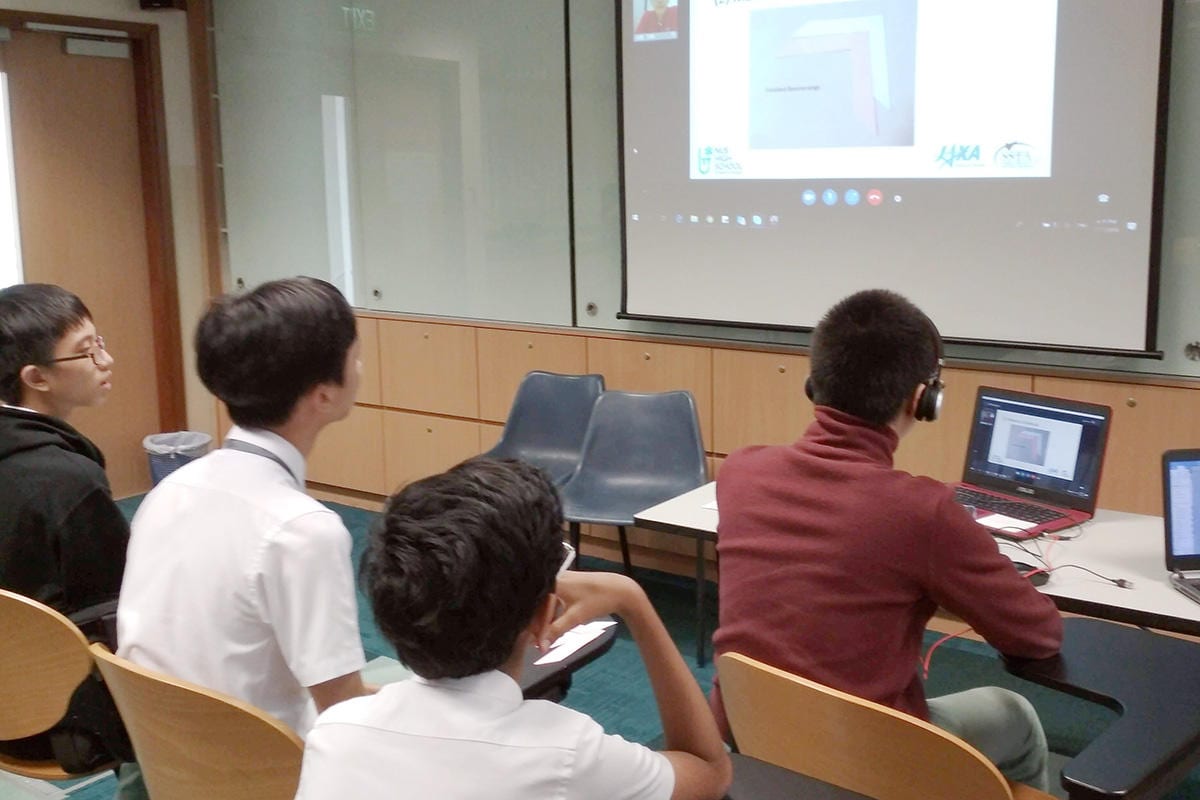
Paper Boomerang experiment team and participants from Singapore (Credit: SSTA)
Paper Boomerang presentation from Singapore (Submitted by proposers)
(Click this picture to open the PDF file)[PDF: 709KB]
| Kanai: | If the space in Kibo were big enough, do you think the boomerang would eventually return? |
|---|---|
| Singapore Proposer: | We think it would because if the lift force is always at the right angle to the velocity, then it will continue in a circle because the circular motion is where your acceleration, for uniform circular motion, its perpendicular all the time. So that’s what we think it is. |
| Singapore Proposer: | Do you have any insights on why the boomerang returned on Earth but not in microgravity? |
| Kanai: | At this time, I think the difference of the two environments is the gravity. But more discussion is needed to explain this phenomenon. |
After two countries’ presentation of Paper Boomerang finished, Dr. Kanai and two countries’ proposers discussed each presentation.
| Kanai: | Very interesting. Both teams (Singapore and Indonesia team) concluded that eventually the boomerangs would return. But their discussions are certainly different. I’d like to ask the proposer from Singapore for their opinion of this discussion. To the Singaporean proposer, what do you think about this (Indonesia’s) presentation? |
|---|---|
| Singapore Proposer: | Overall the same conclusion that exhibits the circular motion, but the way we wright is slightly different. He explained using the concept of angular momentum, but we are at first considering points mass, and we didn’t consider rotation. This is because the angular momentum is always perpendicular to the boomerang itself and the lift force is also perpendicular. |
| Indonesia Proposer: | Should it be pointing toward the center? |
| Singapore Proposer: | Yes. |
| Indonesia Proposer: | Then, it’s quite similar. |
| Kanai: | Very interesting. How could we confirm your theory? Do you have any suggestions for improving the experiment in the future? |
| Indonesia Proposer: | I don’t have any ideas for how to improve this experiment, but we need a wider space, maybe bigger ISS if it’s possible. |
 7. Aircraft Stability experiment team (Singapore)
7. Aircraft Stability experiment team (Singapore)
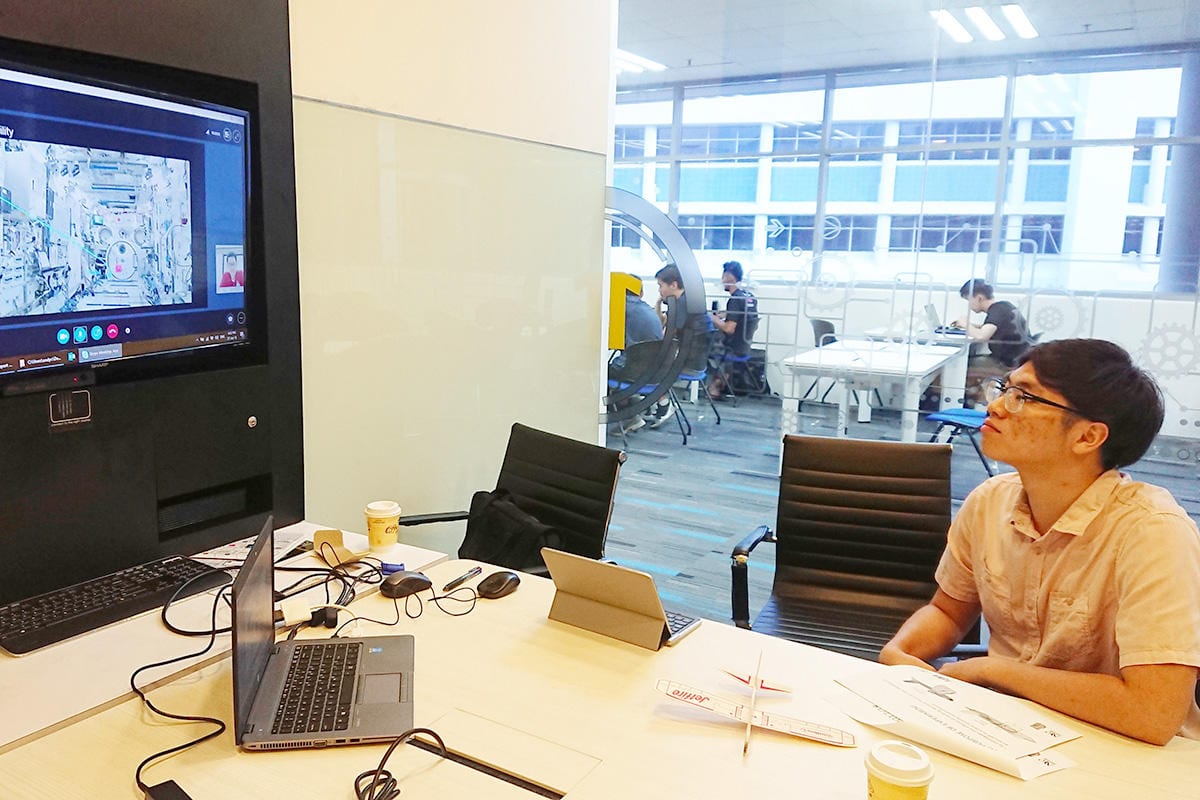
Aircraft Stability experiment team and participants from Singapore (Credit: SSTA)
Aircraft Stability presentation from Singapore (Submitted by proposers)
(Click this picture to open the PDF file)[PDF: 120KB]
| Singapore Proposer: | The aircraft was launched manually, so it was difficult to maintain launch parameters such as throwing strength or throwing angle. Is it possible to have a simple launcher set-up on board the ISS such as a catapult? |
|---|---|
| Kanai: | If we used a catapult, it could be very stable. And we could collect good data. But with the current configuration of the aircraft, it still goes upward, and I’m wondering if you could design a special aircraft that could fly straight even when using manual launching. |
| Singapore Proposer: | I don’t think it’s possible due to the lift itself. On Earth there is gravity to compensate for lift, but in space there is only lift so I suppose there is not any possibility. |
| Kanai: | I see. |
| Singapore Proposer: | The aircraft was thrown only once per setting: with the wing in front, middle, and back. Do you think if the experiment was repeated, the results would change? |
| Kanai: | I don’t think so. I tried throwing many times before starting the event. It always went upward with the same tendency, and the same kind of motion. |
| Singapore Proposer: | The aircraft was released in a pressurized environment. How do you minimize the influence of cabin airflow on the trajectory of the aircraft? |
| Kanai: | During this experiment, we stopped air flow in KIBO. It’s because of my technique. But we could still see the tendency of the air craft going upward; it was very interesting. |
 8. Double-Layered Liquid Ball experiment team
8. Double-Layered Liquid Ball experiment team
(Philippines)
Since the Double-Layered Liquid Ball team could not participate in the result meeting, their presentation file and experiment movies are introduced here.
Double-Layered Liquid Ball presentation from Philippines (Submitted by proposers)
(Click this picture to open the PDF file)[PDF: 2.7MB]
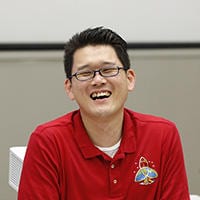
JAXA Astronaut/Dr. Norishige Kanai (Credit: JAXA)
At the end of this result meeting, Dr. Kanai made the closing remarks;
“Thank you everybody for joining this meeting and having with us great discussions sharing insights of the unique experiments. It was a great honor being a part of the mission and being a part of the experiments. Thank you so much. Please continue asking questions, and please continue making questions for yourselves. You guys rock! Thank you.”
 1. Wire top experiment team (Japan)
1. Wire top experiment team (Japan)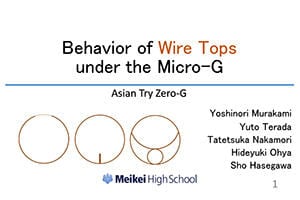
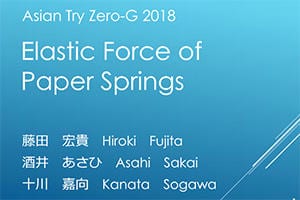
 3. Spinning ring experiment team (Malaysia)
3. Spinning ring experiment team (Malaysia)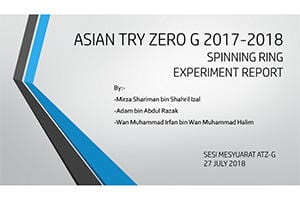
 4. Balls inside slinky experiment team (Thailand)
4. Balls inside slinky experiment team (Thailand)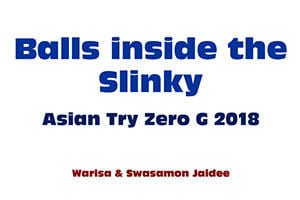


 5. Gyroscope and Tippe top experiment team
5. Gyroscope and Tippe top experiment team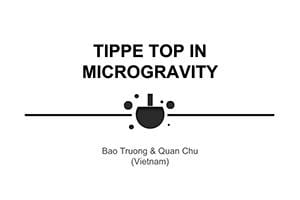
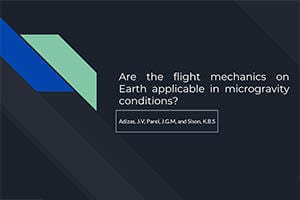
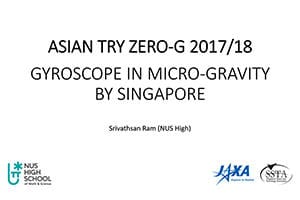


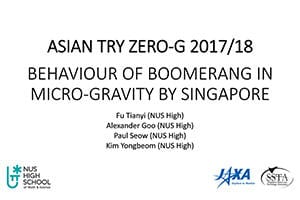
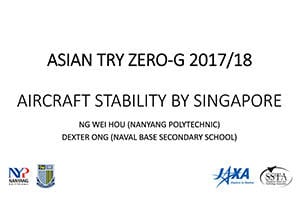

Comments are closed.